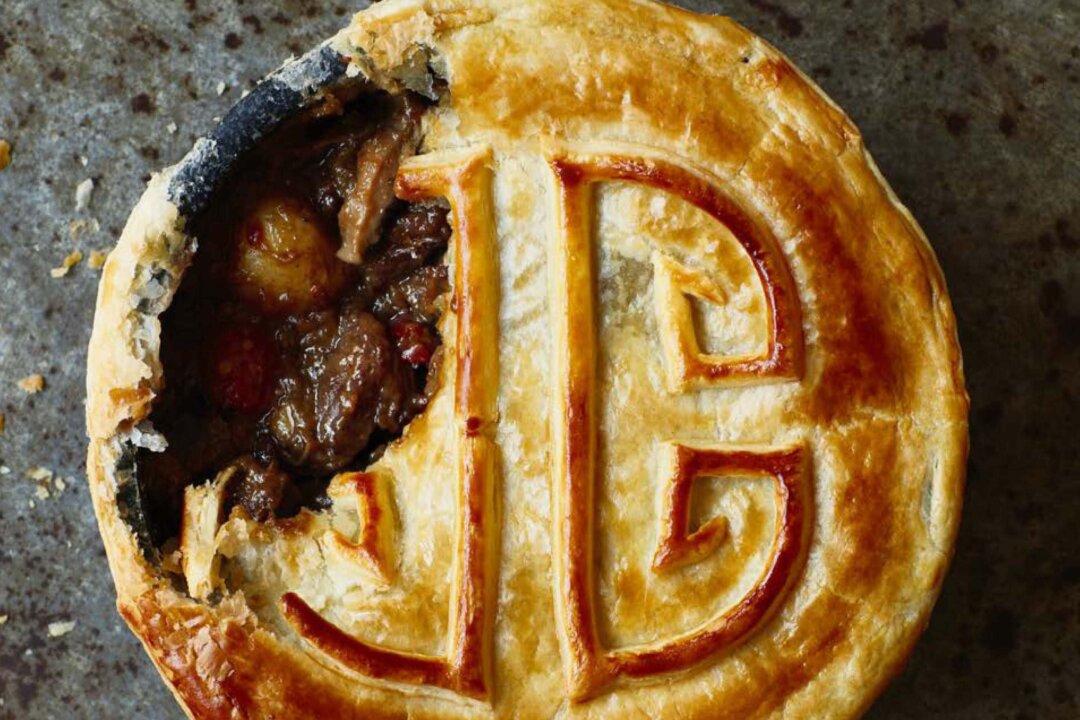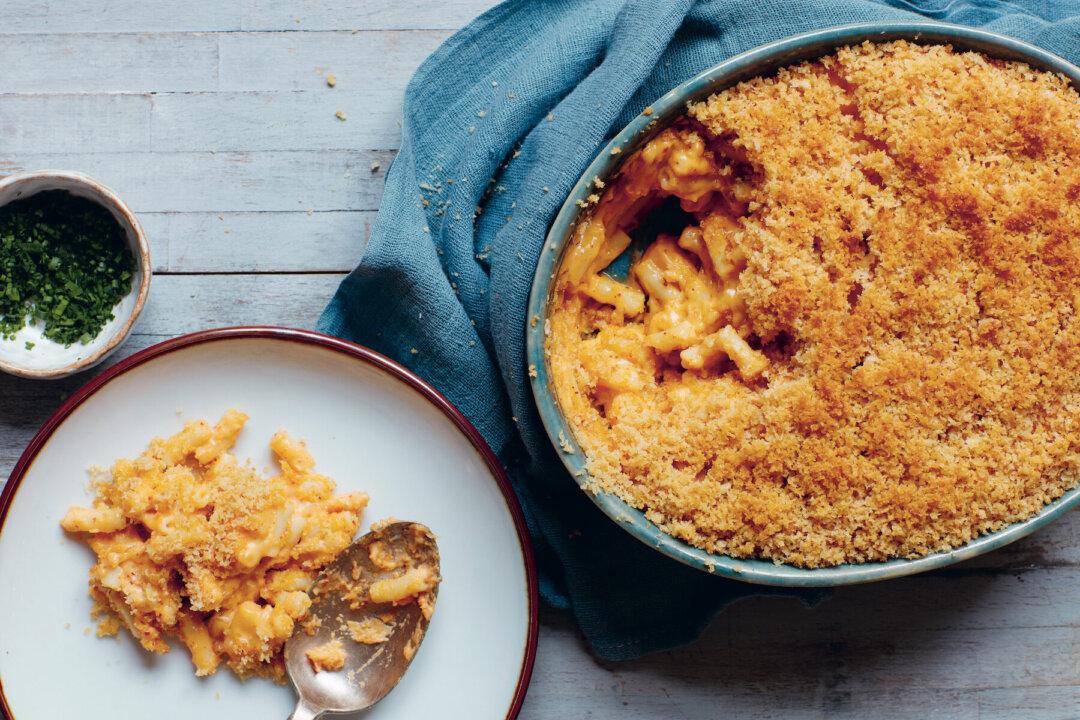It’s 3 a.m. on a December’s night in 1997, and I’m sitting in Gammeeok, a cozy restaurant on 32nd Street, Koreatown in New York City. Despite the hour, the restaurant is buzzing, full of late-night revelers wanting a bit of sustenance after a long night of drinking.
It’s bitterly cold outside, and I’m tucked into a comfy corner table with some friends. The rustic, blond wooden décor gives the restaurant the homely feel of a hanok, a traditional Korean house, and a savory, beefy aroma fills the air.





